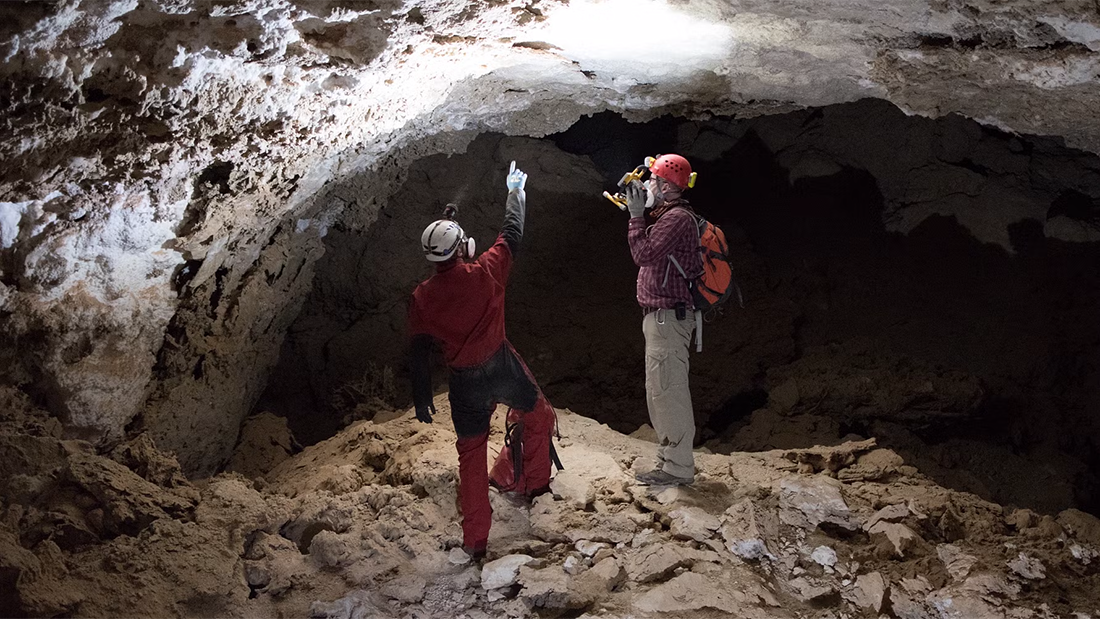One of the driest places on Earth – the Saharo-Arabian Desert – may not have always been the arid landscape it is today. A new study, which examined the hydroclimate of the area over the course of 8 million years, has found that it has had much more pleasant and humid conditions in the past. According to the team, these conditions could have sustained mammals – including hominins – as they dispersed out of Africa and into Eurasia.
Previously, studies have suggested that the area has been arid for at least 11 million years, making dispersions through the Arabian Peninsula a tricky prospect. However, there have been suggestions, backed up by stone tools left by humans in the Nefud Desert of Saudi Arabia, that during this time there were intermittent “Green Arabia” phases, when the climate was wet and lush enough to provide food and water for migrating animals, including humans.
Investigating the hypothesis, a team led by Dr Monika Markowska, and Dr Ashley Martin from Northumbria University examined minerals within central Saudi Arabian caves, mainly from stalagmites formed as water slowly drips down onto the cave floor.

The Green Arabia team exploring one of the caves.
In those minerals, they found evidence of wetter intervals, before the long, dry spell. According to the team, these wetter intervals likely facilitated dispersals between Africa and Eurasia, with “Arabia acting as a key crossroads for continental-scale biogeographic exchanges”.
“Historically, the dry conditions of the Saharo-Arabian Desert have been proposed as a significant barrier to the dispersal of plants, animals, and early humans between Africa and Eurasia, but these findings shed new light on this hitherto unrecognised but important crossroad between Africa and Eurasia,” Markowska said in a statement.
“Our findings highlighted that, as the monsoon’s influence weakened over time, precipitation during humid intervals decreased and became more variable. This coincided with enhanced polar ice cover over the Northern Hemisphere during the Pleistocene epoch. Our research is one of the longest terrestrial records ever published.”
During the 8 million years studied, there were humid intervals which would have been able to sustain animals and the fauna we do like to eat so much, likely the result of tropical rainfall reaching further north in the summer seasons than we see today.
“Arabia has traditionally been overlooked in Africa-Eurasia dispersals,” Faisal al-Jibrin, lead Saudi archaeologist of the Heritage Commission, added, “but studies like ours increasingly reveal its central place in mammalian and hominin migrations.”
“These wetter conditions likely facilitated these mammalian dispersals between Africa and Eurasia,” Professor Michael Petraglia, Director of Griffith University’s Australian Research Centre for Human Evolution and co-author on the new study, added, “with Arabia acting as a key crossroads for continental-scale biogeographic exchanges.”
The study is published in Nature.
Source Link: Clues To How Humans Migrated Out Of Africa, Hidden In Saudi Arabian Caves